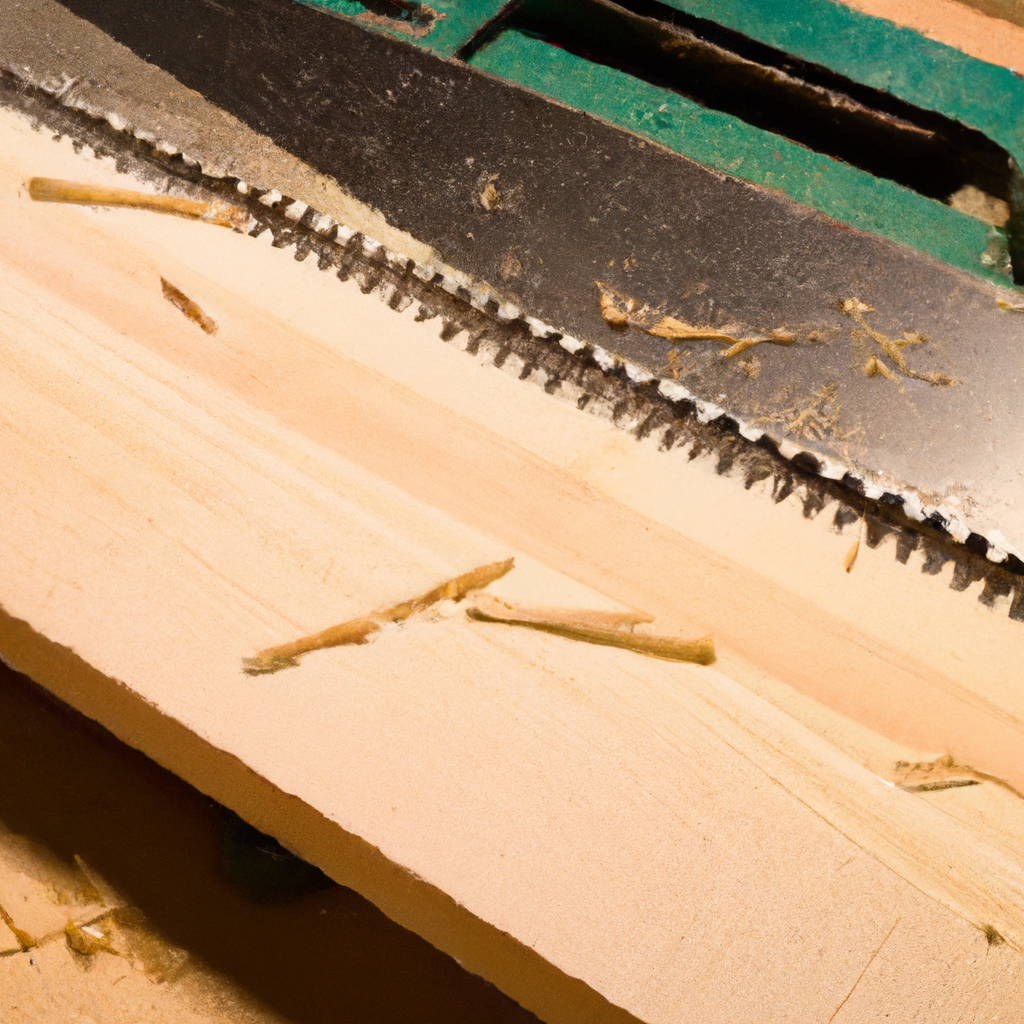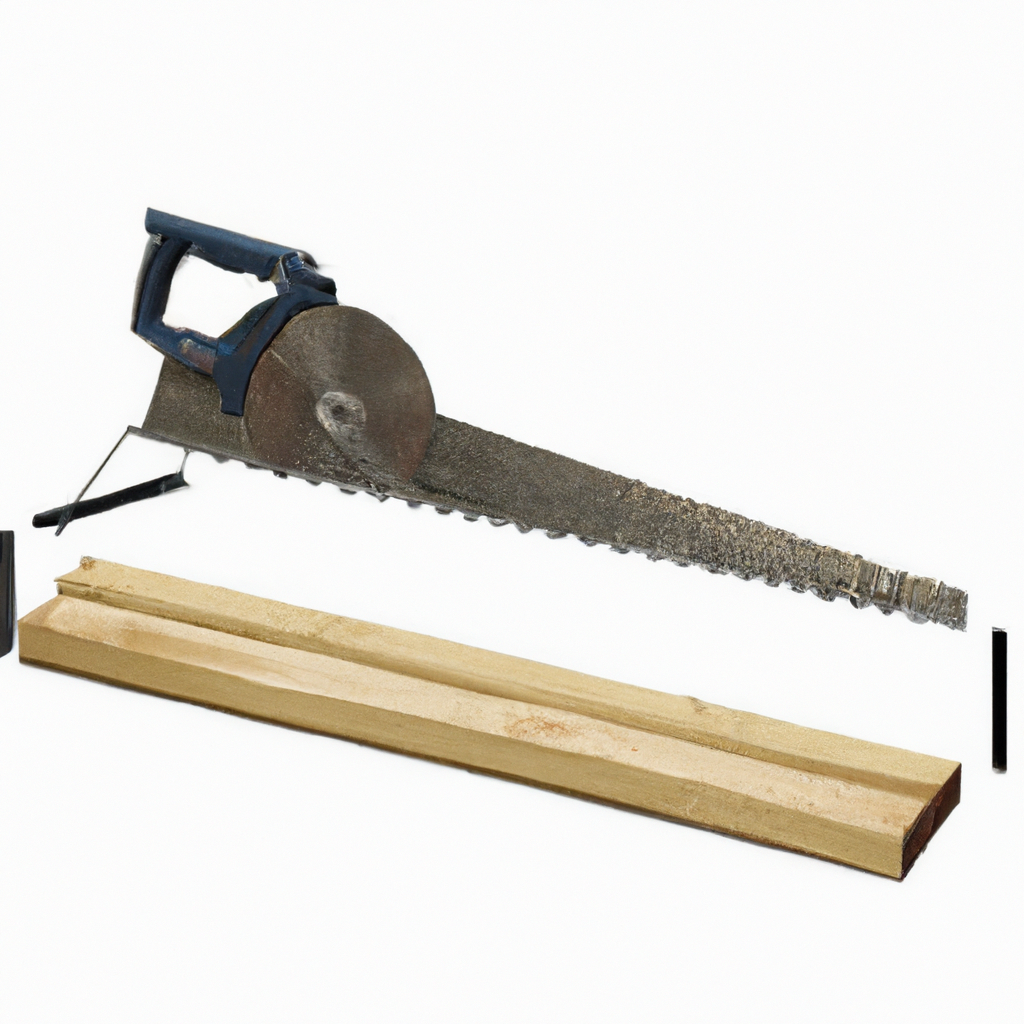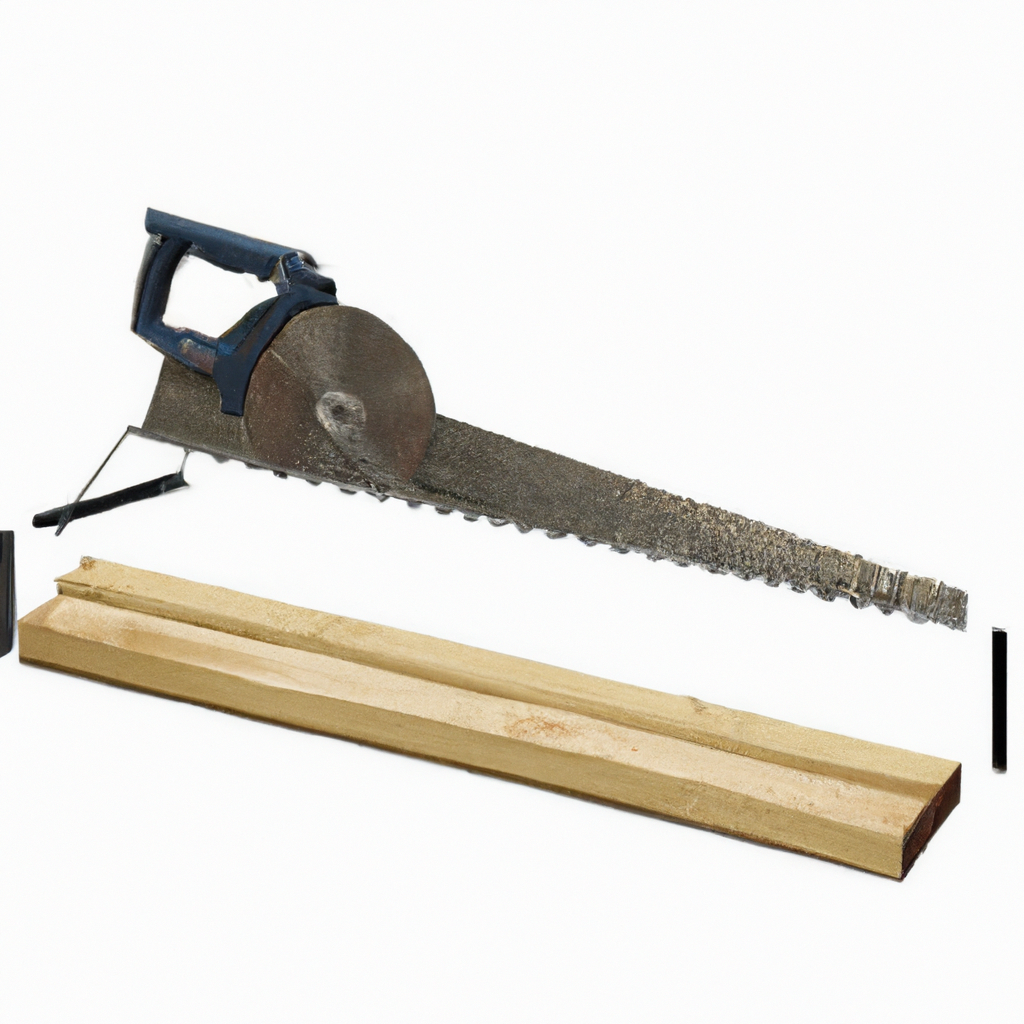Are you tired of struggling to cut those long boards on your table saw? Well, fret no more! In this article, we will show you the step-by-step process of how to effortlessly cut long boards on a table saw. From setting up the right blade height to using the proper cutting techniques, you’ll be able to tackle any woodworking project with confidence. So grab your safety goggles and let’s get started!

Choosing the Right Table Saw
When it comes to cutting long boards on a table saw, one of the first things you need to consider is the size and power of the table saw. A larger table surface will provide you with more support and stability when working with longer boards. Additionally, a powerful motor is essential for cutting through thicker and harder types of wood. By prioritizing these two factors, you can ensure that your table saw is up to the task of handling long boards effectively.
Preparing the Table Saw
Before you start cutting, it’s crucial to ensure that your table saw is properly set up and calibrated. This includes checking that the blade is aligned correctly and the saw is in good working order. Additionally, attaching a rip fence to your table saw will help guide the long board during the cut. The rip fence acts as a straight edge, ensuring that your cuts are accurate and consistent.
Measuring and Marking the Board
To ensure precise cuts, you need to measure and mark the desired length on the long board accurately. Using a tape measure, measure the length you want to cut from the end of the board and make a small mark. Then, use a straight edge, such as a ruler, to extend the mark across the width of the board. This will serve as a guide for aligning the rip fence and positioning the board for the cut.

Setting Up for the Cut
Once you have measured and marked your board, it’s time to set up for the cut. Start by clearing the table surface to ensure there are no obstructions that could interfere with the cutting process. Next, adjust the blade height to the desired depth. This will depend on the thickness of the board and the type of cut you want to make. Finally, make sure the rip fence is parallel to the saw blade, ensuring a straight and accurate cut.
Using a Push Stick
When cutting long boards on a table saw, it’s essential to prioritize safety. One way to do this is by using a push stick to firmly grip and control the board during the cut. A push stick helps to maintain a safe distance between your hands and the saw blade, reducing the risk of accidents. By avoiding using your hands to feed the long board into the blade, you can ensure a safe and controlled cutting process.
Making the Cut
With the setup complete and the push stick in hand, it’s time to make the cut. Position the marked portion of the long board against the rip fence. This will ensure that the cut is made at the exact length you desire. Once everything is aligned, slowly push the board forward, allowing the blade to cut through the wood. Remember to maintain a steady and controlled speed throughout the cut to achieve clean and accurate results.
Cutting Multiple Boards
If you have several long boards that need to be cut to the same length, it’s essential to maintain consistency. Before starting the cutting process, ensure that each board is measured and marked correctly. This will help you avoid any variations in length among the boards. Additionally, using a stop block can be helpful in ensuring consistent lengths. A stop block acts as a physical barrier, preventing the board from being pushed beyond the desired length.
Safety Precautions
When using a table saw to cut long boards, safety should always be the top priority. Wear appropriate safety gear, such as safety glasses to protect your eyes from flying debris, and hearing protection to reduce the noise created by the saw. It’s also crucial to avoid loose-fitting clothing or any dangling accessories that could get caught in the saw blade. Furthermore, make sure to keep your long hair tied back to prevent any accidents.
Maintenance and Cleanup
To ensure your table saw remains in good working condition and continues to deliver accurate cuts, regular maintenance and cleanup are essential. Clean the table saw regularly to remove any sawdust or debris that may have accumulated. Inspect the saw for any signs of damage, such as loose bolts or misaligned parts, and address them promptly. Keeping the blade sharp is also crucial for achieving clean cuts, so be sure to regularly check its condition and replace it if necessary.
Tips and Tricks
Cutting long boards on a table saw can be challenging, especially if you’re new to woodworking. To improve your skills, consider practicing on scrap wood before attempting to cut your long boards. This will help you get a feel for the saw and familiarize yourself with the cutting process. Additionally, using a featherboard can be beneficial in preventing the board from lifting during the cut. A featherboard applies pressure against the board, holding it firmly against the table and fence, resulting in a more accurate cut.
In conclusion, cutting long boards on a table saw requires careful preparation, proper setup, and adherence to safety precautions. By choosing the right table saw, measuring and marking the board accurately, and using tools like a push stick and stop block, you can achieve clean and consistent cuts. Remember to prioritize safety by wearing appropriate gear and maintaining your table saw regularly. With practice and the use of helpful tips and tricks, you’ll be able to master the skill of cutting long boards on a table saw and complete your woodworking projects with precision and confidence.

